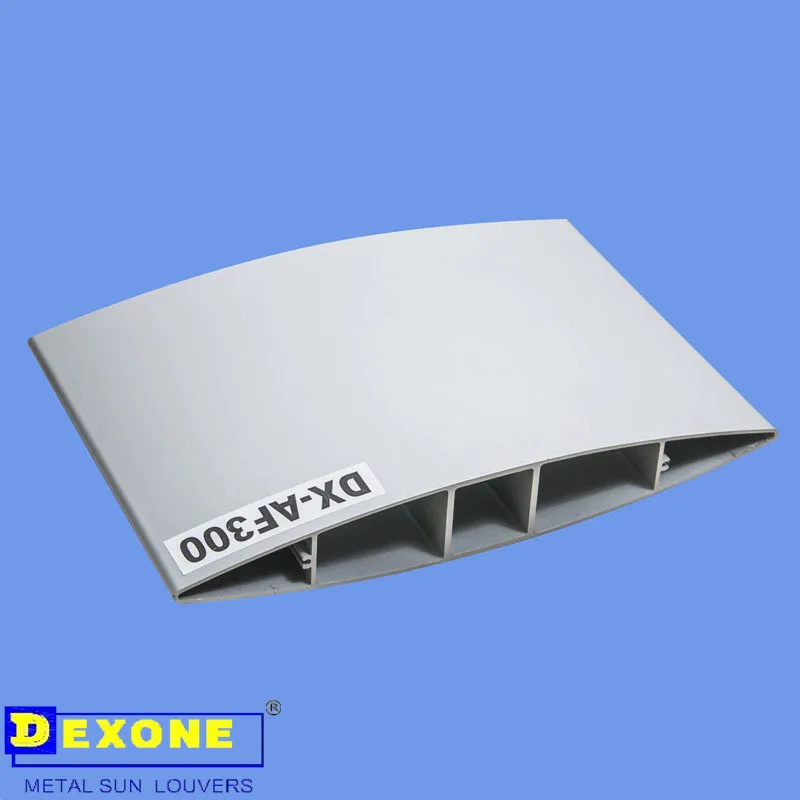
As the blades are not part of a machine which is itself classified in subheading 8479.10.00, HTSUS, the blades would not be classified in subheading 84, HTSUS. The system’s purpose is not to build but to prevent over or under shading. In this instance, the blind system is being installed rather than doing installation work itself. “Building” refers to machinery which performs operations such as certain construction or installation work. In addition, the sunshade blind system of which the blades are parts is not machinery for building or the like. The sunshade blind system is not a public works. Public works consist of projects, such as highways, dams, and bridges, which are financed by public funds and are for use by the general public. Subheading 8479.10.00, HTSUS, provides for machinery for public works, building or the like. In your letter, you propose classifying the blades in subheading 84, Harmonized Tariff Schedule of the United States (HTSUS), which provides for “Machines and mechanical appliances having individual functions, not specified or included elsewhere in this chapter parts thereof: Parts: Other: Other: Of machinery for public works, building or the like”. The finished blade assemblies are shipped directly to the job site in the United States for installation. Extruded strut pieces are fastened to the sheets using countersunk fasteners. The perforated sheets are then attached and screwed into place. Sheet stiffener supports, or carriers, are mechanically fastened to the vertical mullions to facilitate their attachment to the aluminum sheet part of the blades. Extruded vertical mullions are cut to the length required for corresponding individual blades.


A vertical mullion (an aluminum rod extrusion) is attached to the center of the sheet blade to act as a pivot point. In China, the blades are produced from aluminum sheet which is perforated, cut to size, formed or rolled into an airfoil shape and painted. The perforated sheet is aluminum designation number 3003. The extrusions are aluminum designation number 6061-T6. The blades are made from a mix of extrusions and perforated sheet. Subsequent to the blades’ importation, motors will be added to enable the blades to rotate and track the sun throughout the day. Frames, horizontal mullions, trim, linkages and motors are not present at time of importation. The blades are framed and mounted directly to the building with no base or support apart from the points at which the assembly is welded to the building. The blades will be vertically mounted to the glass curtain wall of a building via horizontal mullions. The Sunshades are a system of non-retractable exterior blinds mounted on the exterior of a building to prevent over or under shading. The aluminum sunshade blades are designed for use in the motorized Solarmotion Controllable Sunshades. (Construction Specialties or CS Group), you requested a tariff classification ruling. Glick: In your letter dated Maon behalf of Construction Specialties, Inc. RE: The tariff classification of aluminum sunshade blades from China Dear Mr.

Leslie Alan Glick Porter Wright 1919 Pennsylvania Ave.


 0 kommentar(er)
0 kommentar(er)
